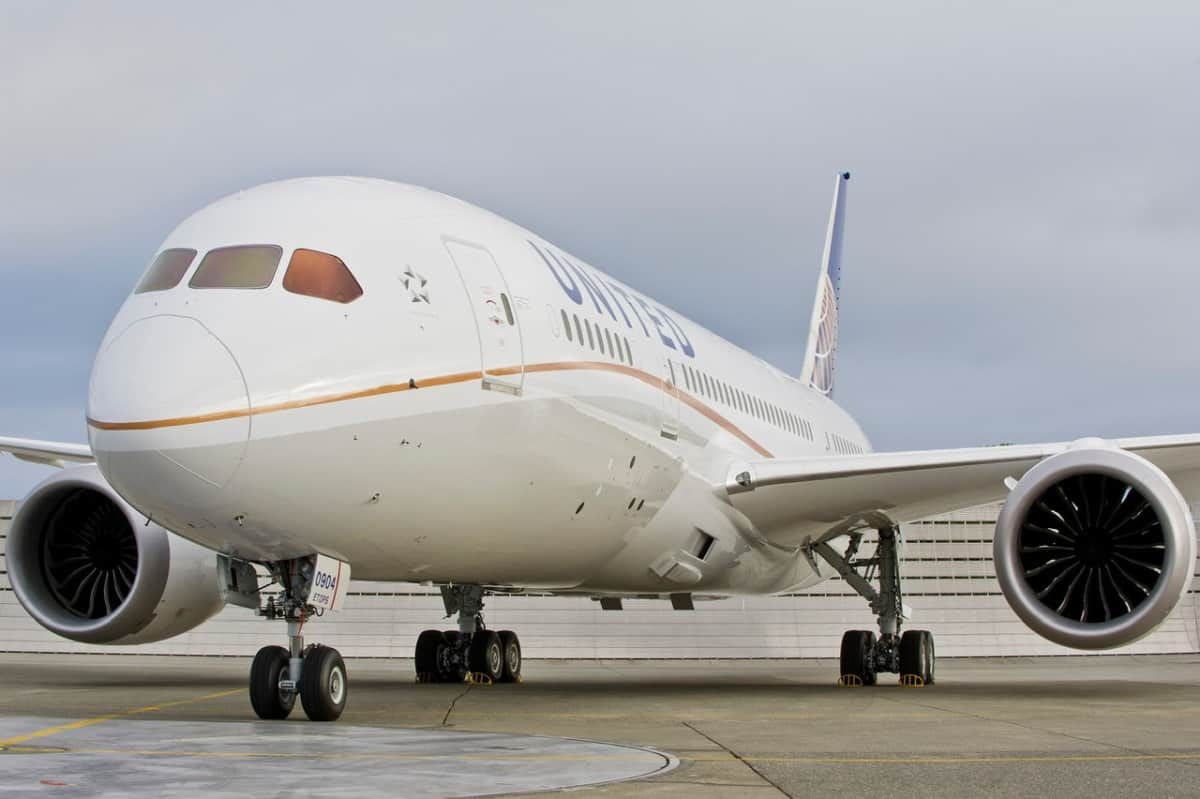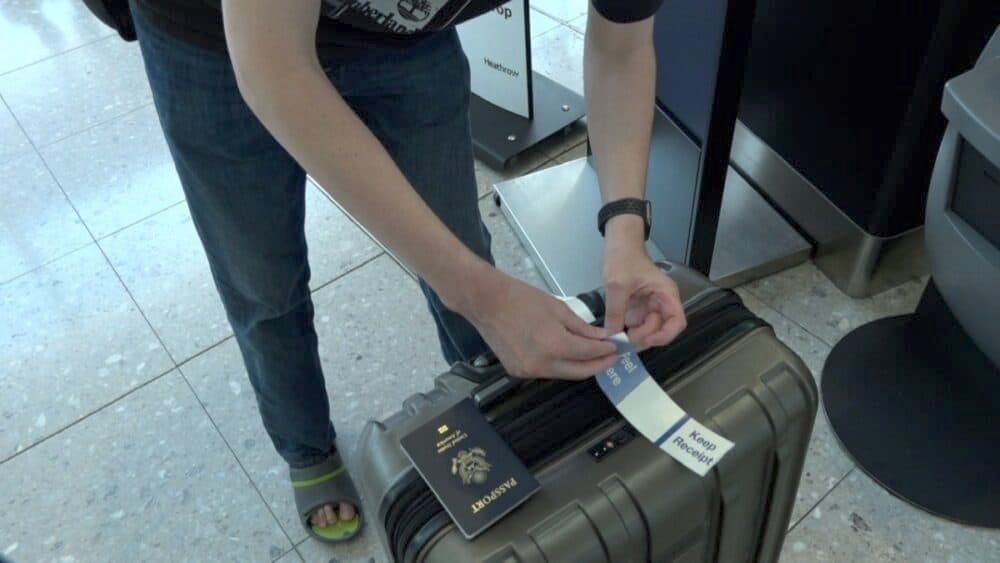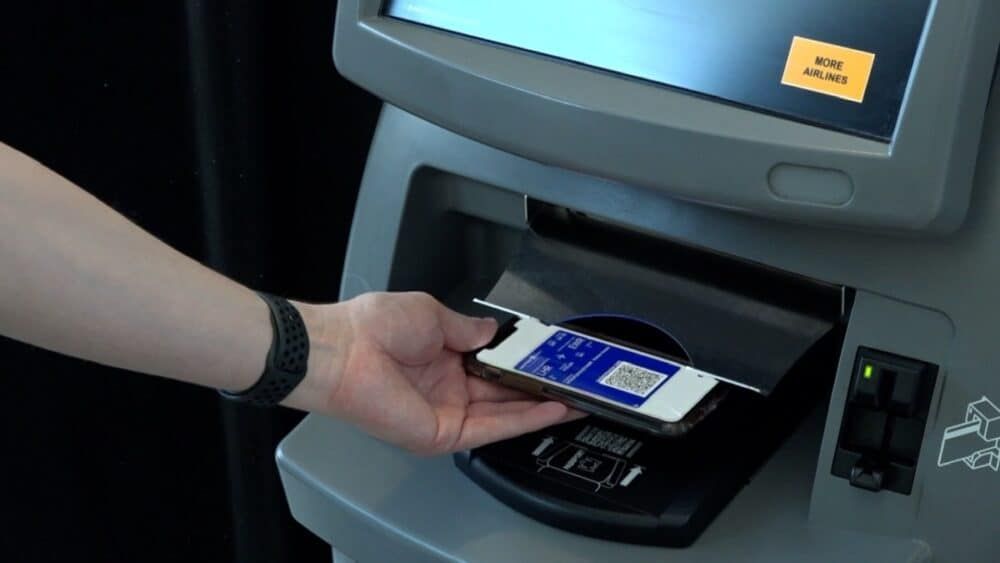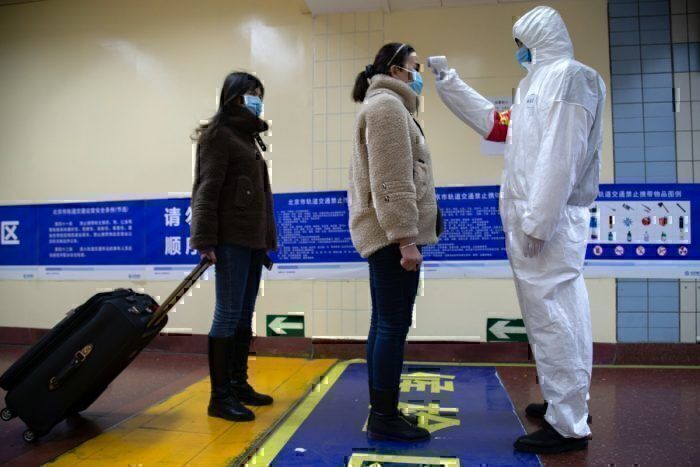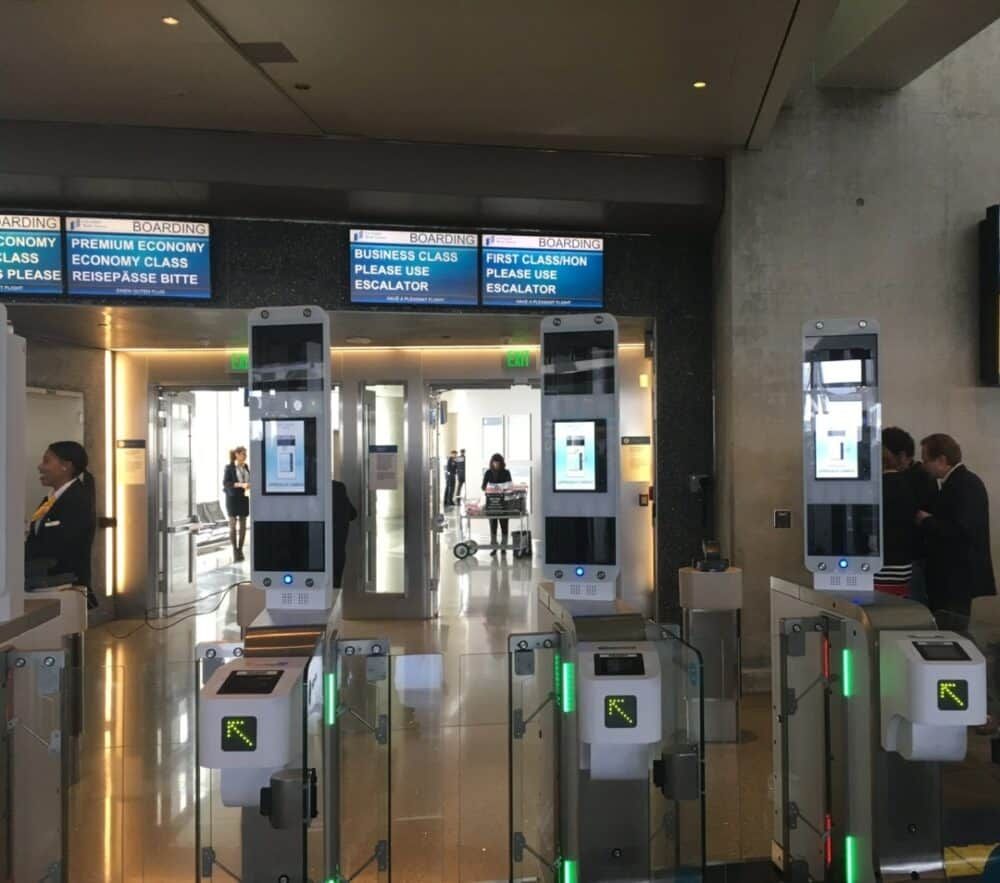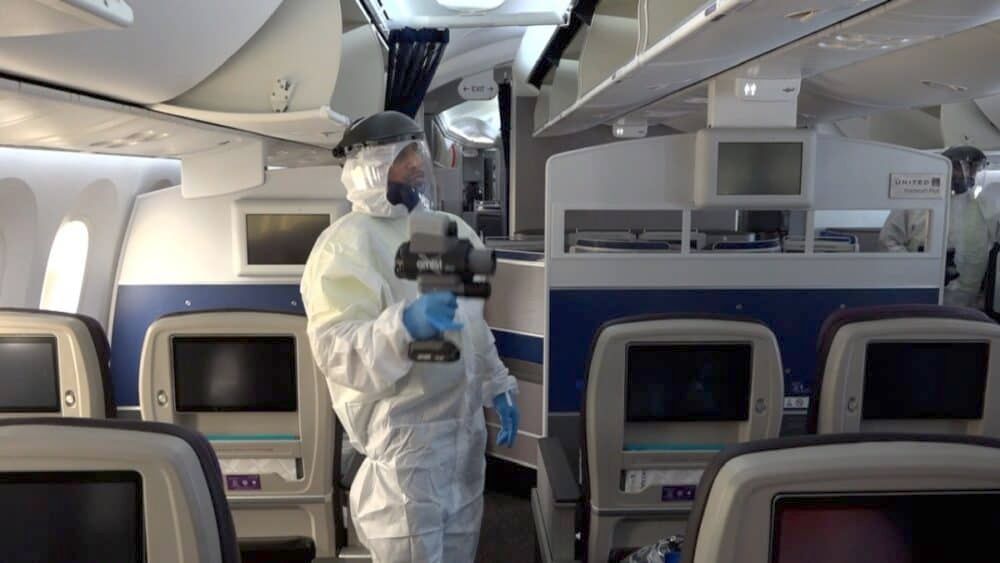Airlines are slowly resuming services following mass suspensions earlier this year. However, as passengers return to the skies, carriers are introducing new policies to minimize risk across their operations. One of the aspects that will be prevalent going forward is touchless technology at airports.
Additional responsibility
The coronavirus pandemic has rocked the aviation industry over the last few months. Operators have a duty to ensure that their services are as safe as possible now that flight activity is returning. Therefore, reducing touchpoints is a critical way to contain the spread of the virus while traveling.
United Airlines announced today the introduction of the first touchless check-in experience of any airline at London Heathrow Airport. This process allows travelers to check-in without touching the check-in kiosk, even if they are checking luggage.
The touchless journey can begin even before a passenger heads to the airport. Customers can use the United app or visit the Chicago outfit's website to check-in for their flight, add bags, and pay any applicable fees.
Subsequently, on arrival at Heathrow, passengers can use the kiosks to scan their boarding passes from their mobile device or printed copy, and any luggage tags associated with the reservation will print instantly. Travelers can also self-scan their boarding passes at gate readers. Fliers will then be supplied with individually wrapped hand sanitizer wipe as they board the plane.
United Director of Operations UK Arvind Garcha shares how this technology helps ensure safety during the passenger journey. She is glad to be able to introduce these measures at the United Kingdom's busiest airport.
"Safety is of the utmost importance at United and we are proud to be the first airline to introduce touchless check-in technology at London Heathrow Airport," Garcha said, according to a press release seen by Simple Flying.
"We continue to deliver industry-leading cleanliness to ensure our customers and employees feel safe on our aircraft and remain dedicated to delivering the United CleanPlus commitment."
[playlist type="video" ids="104447"]
Going the extra mile
United's initiatives at Heathrow are part of a new wave of measures at airports and services across the globe. For instance, Air Canada also recently announced that it is introducing new touchless processes, along with enhancing its inflight service and provisions.
The flag carrier of Canada has already implemented touchless bag checks on all domestic flights from Toronto, Montreal, Vancouver, and Calgary airports. Now, the company is expanding this feature to more airports across the country and for international departures. The airline highlights how processed such as this will be complemented by other introductions such as virtual queuing.
Moreover, Malaysia Airlines promotes contactless processes as part of its Fly Confidently campaign. As domestic passenger activity continues to pick up in Malaysia, the firm is asking its customers to check-in through the operator's mobile app or website.
Across the board
It's not only the check-in process where touchless tech is being used. According to Skift, Abu Dhabi International Airport using it for 53 for its elevators to help prevent cross-infection from interacting with elevator buttons. The hub is using tech invented by Meta Touch, which a startup based at the UAE University Science and Innovation Park.
Meanwhile, all restaurants at Seattle-Tacoma International Airport are adopting the Grab mobile platform to reduce physical encounters. The digital service's virtual kiosk allowed customers to scan a QR code or tap an NFC chip on their smartphone to order from their own device without the need to download the app.
Touchless tech will also soon combine well with other critical safety measures. Temperature checks are being ramped up at airports across the continents. However, these processes often involve close human contact.
Therefore, institutions are looking to use thermal detectors pointed at crowds to identify travelers who seem to be hotter than the average. The singled out fliers will then undergo an individual check. Heathrow started trials of thermal screening tech such as this last month at Terminal 2.
High-tech solutions
Moreover, some hubs will be experimenting with robots to improve safety practices. For instance, South Korea's Incheon International Airport is planning to test out a robot that reminds passengers to wear face masks. Additionally, it will flag those that don't comply with authorities.
Ultimately, biometric boarding will play a part in reducing touchpoints at airports. Several airlines had been introducing this process before the pandemic. Undoubtedly, the change of climate will speed up the use of biometrics in the travel industry.
Driver's licenses and passports can be replaced with retina scans and facial recognition to verify identity. This move cuts down on the handling of documents by members of staff.
Moreover, it speeds up the boarding process significantly as the average speed for the verification process when boarding is 1.5 seconds per flier. Hubs in Germany, Canada, China, Japan, Iceland, Italy, and Spain are now testing biometric procedures.
Similar initiatives involve passengers uploading selfies into a specialized system, which will then be verified against an authenticated passport. They can then simply walk up to the gate, look at a screen, and board. The expansion of automated border control systems will also go a long way in the post-COVID-19 realm.
Broader strategy
Nonetheless, touchless processes are part of a wider plan to ensure that operations are safe. They will work alongside other measures such as the following:
- Social distancing at the airport;
- The wearing of face masks;
- The use of HEPA grade air circulation systems, which remove up to 99.7% of airborne particles on board an aircraft;
- Enhanced cabin sanitization, including the use of electrostatic spraying;
- Rigorous airport cleaning processes.
Ultimately, the bulk of the technology to reduce touchpoints is already available thanks to existing digital devices and services. Mobile apps can significantly reduce the need for contact. So, several airlines are also applying these features across their services, not just the airport.
Regardless, there is still scope to advance on the tech across the aviation industry. Therefore, companies are working hard to continue reducing the risk for passengers and members of staff.
What are your thoughts about touchless technology's role in the current climate? Do you think that its implementation is a positive move for the market? Let us know what you think in the comment section.

